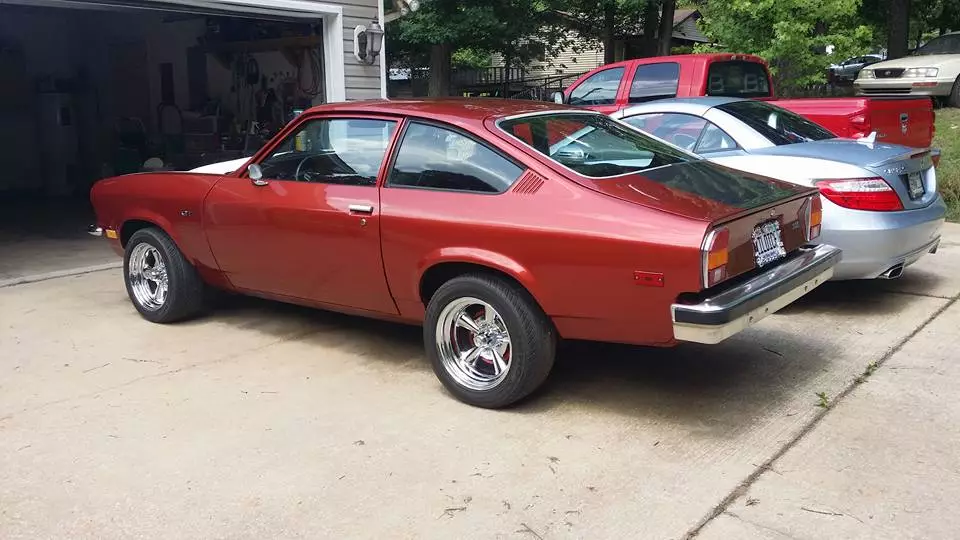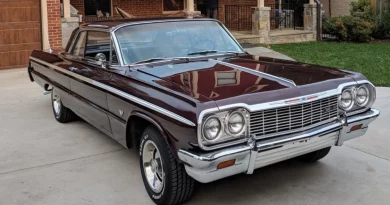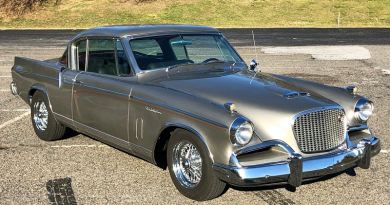1977 Chevrolet Vega
The Chevrolet Vega is a subcompact automobile that was manufactured and marketed by GM’s Chevrolet subdivision from 1970 to 1977. Available in two-door hatchback, notchback, wagon, and sedan delivery body styles, all models were powered by an inline four-cylinder engine with a lightweight, aluminum alloy cylinder block. The Vega first went on sale in Chevrolet dealerships on September 10, 1970. Variants included the Cosworth Vega, a short-lived limited-production performance model, introduced in the spring of 1975.
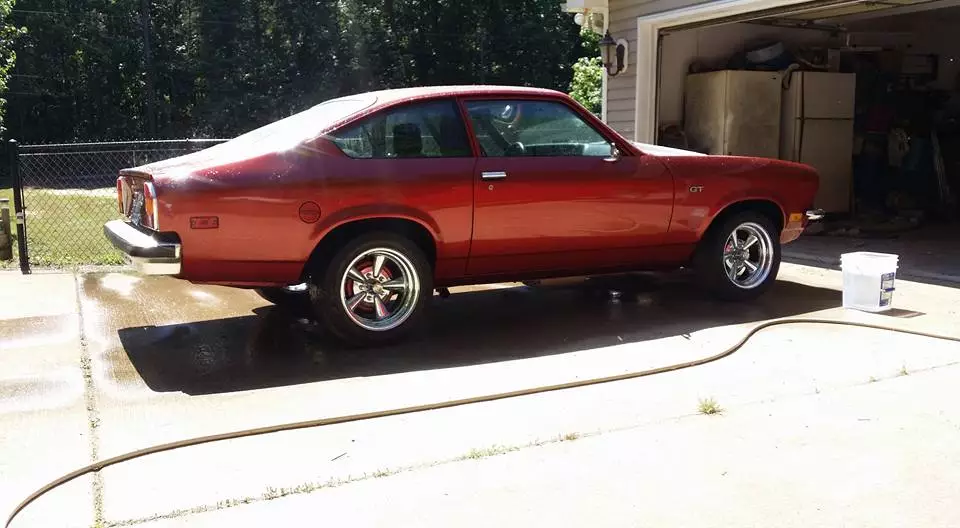
The H-body Vega has always been one of the more interesting American small cars. It was GM’s first attempt at a modern small car to counter the VW Beatle and the coming wave of Japanese Imports. Along with Pontiac’s Astra, the Vega’s design suggested a more upmarket approach to the subcompact. Instead of looking like a grocery cart (Japanese Imports) or a scoop of ice cream (VW Beatle) with a hatch, it had the fully realized proportions of a proper coupe with a sporty fastback profile. This trait alone made the Vega look more substantial than other American small cars of the era, like the Ford Pinto or the ungainly AMC Gremlin – not to mention the captive Chrysler imports like the Plymouth Cricket. Only GM’s captive imports under the Buick brand offered buyers a more attractive proposition.
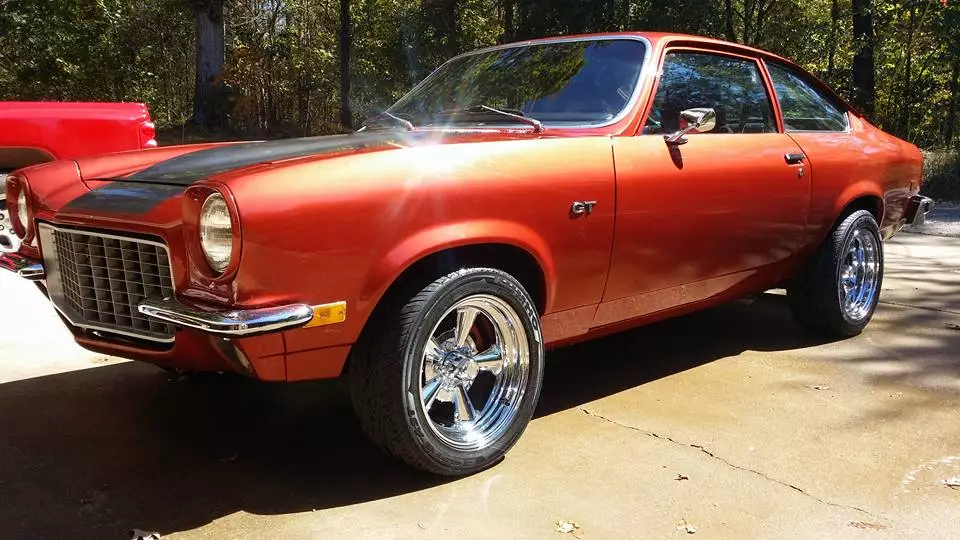
The one-millionth Vega was produced May 17, 1973. The Vega was among the top 10 best-selling American cars in 1974 with a model-year sales peak of 460,374. As a small car, it like its larger brethren was a live axel rear wheel drive set up with a 2.3-liter four-cylinder engine. The aluminum block SOHC design was relatively advance as GM engines went circa 1970. Sporty GT variants got a dual carburetor version of the 2.3 that started out with 110 hp in 1970 and by the final year of production was down to 84 due to chasing more stringent emissions regulations. Vegas came with a 3 speed Powerglide automatic transmission or 3 and later 4-speed manuals.
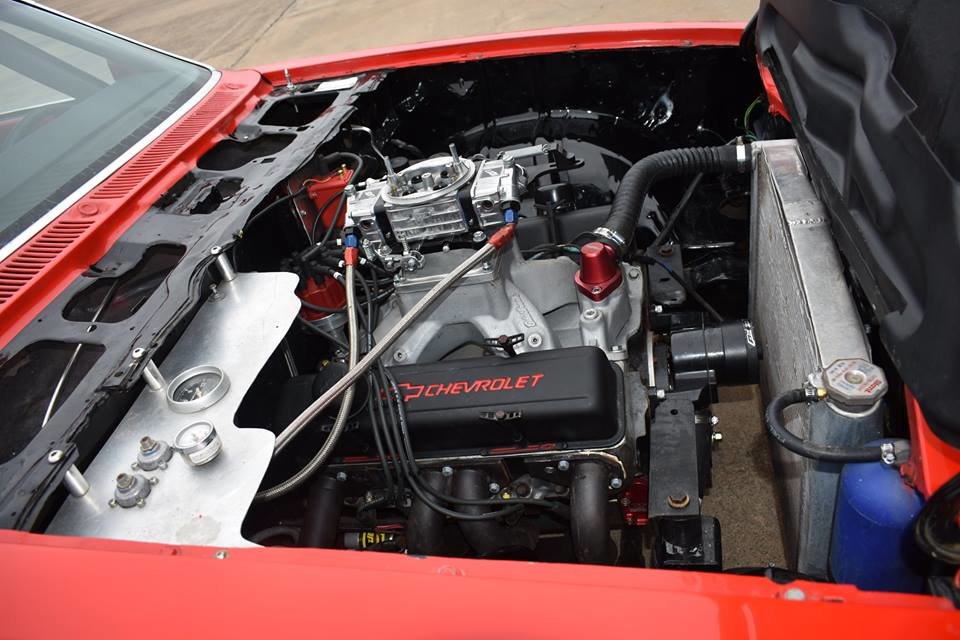
That overall look of substance was part of a GM philosophy that saw small car design as just a larger car shrunk down. The approach made sense considering that potential buyers saw small cars as cheap. Before the major restyle later in the decade it resembled a mini Camaro from the front. GM’s engineering solutions were not as fully realized as the design prompted a string of fix as you go patches and recalls. It got so bad that many cars were experiencing engine failure before making it to the one year mark, prompting many to wonder if Chevy ‘s Vega was really a Nova by definition.
